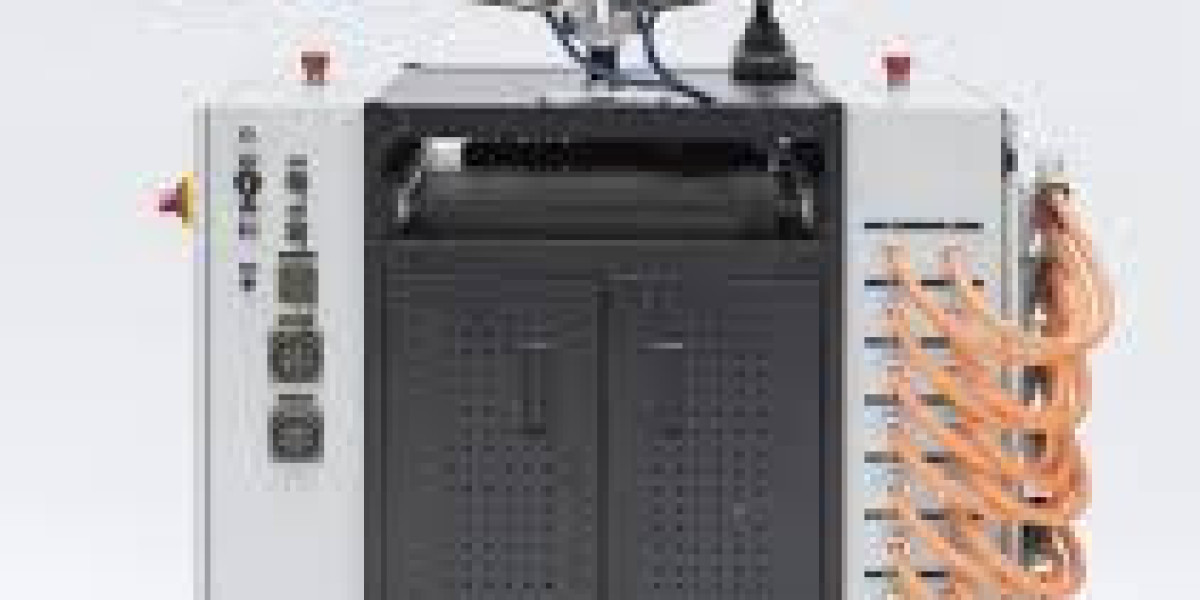The battery testing equipment market continues to evolve as global standards and safety regulations become more stringent. As battery technologies expand across applications—from electric vehicles (EVs) to grid storage and wearable devices—manufacturers and testing service providers must comply with international testing standards that ensure performance, safety, and long-term reliability. Testing standards play a crucial role in the validation process, helping industries deliver batteries that meet regulatory and consumer expectations.
The Role of Testing Standards in Battery Development
Battery testing standards define how battery cells, modules, and packs must be evaluated under various conditions, including temperature, voltage, current, pressure, and physical stress. These standards help detect potential failures before batteries are released into the market, reducing safety hazards, increasing consumer confidence, and ensuring operational efficiency.
Testing standards cover a wide range of categories such as performance testing, lifecycle evaluation, abuse testing (thermal, mechanical, electrical), and environmental impact assessment. These protocols serve as benchmarks for battery validation and certification across different geographies and applications.
Global Battery Testing Standards and Protocols
1. IEC Standards (International Electrotechnical Commission)
The IEC publishes globally recognized standards like IEC 62133 for safety requirements and IEC 62660 for lithium-ion battery performance in electric vehicles. These documents define the test procedures for parameters such as charge retention, cycling, thermal behavior, and mechanical integrity.
2. UN 38.3 Transport Testing
UN 38.3 is a crucial regulation for transporting lithium batteries. It includes tests such as altitude simulation, thermal cycling, vibration, shock, short circuit, and impact. Batteries must pass all these tests to be eligible for global shipping, making it one of the most critical standards for battery manufacturers.
3. UL Standards (Underwriters Laboratories)
In North America, UL standards like UL 2054 (household batteries), UL 1642 (lithium-ion cells), and UL 2580 (electric vehicle batteries) are widely adopted. These standards focus on electrical, mechanical, and fire safety performance, offering robust benchmarks for domestic and commercial applications.
4. SAE and ISO Standards
Automotive-specific testing standards from SAE (Society of Automotive Engineers) and ISO (International Organization for Standardization) govern battery systems for EVs, hybrids, and plug-in hybrids. These include stress testing, durability, and power capacity validation across different temperatures and load conditions.
Evolving Needs for Modern Testing
With the rise of high-energy-density batteries and new chemistries like solid-state and sodium-ion, testing standards must evolve. Equipment manufacturers are increasingly designing systems capable of handling broader voltage and current ranges, high-speed data acquisition, and simultaneous multi-environment simulation.
Standard testing protocols are also adapting to include conditions that mimic real-world use, such as rapid charging, fast discharging, and extreme weather scenarios. For example, newer test requirements now simulate usage in hot deserts or freezing climates to validate product durability under variable field conditions.
Integration with Automated and Digital Platforms
As standards become more comprehensive, manual testing procedures are no longer sufficient. Modern battery testing systems incorporate automation and digital control to conduct test cycles consistently and log data for compliance and traceability.
Many battery testing platforms now come with pre-loaded standard testing templates aligned with IEC, UN, and UL protocols. These templates ensure that manufacturers can quickly configure tests that meet international regulations, reducing the likelihood of errors and inconsistencies.
Moreover, cloud-based platforms allow remote monitoring, automatic reporting, and digital archiving of test data. These features help manufacturers streamline audits, regulatory submissions, and customer certifications.
Challenges in Complying with Diverse Standards
One of the key challenges in the battery testing equipment market is keeping pace with the multitude of standards across different regions and industries. A battery pack that complies with European standards may still require revalidation to meet Asian or North American regulations. This leads to a demand for flexible testing equipment that can adapt to different procedures without major modifications.
Furthermore, companies that export batteries across multiple countries must ensure compliance with multiple testing frameworks simultaneously. This creates a need for comprehensive, multi-standard test rigs that can validate across global markets.
Future Outlook for Testing Standards
As the battery landscape expands into new industries such as aerospace, marine, and aviation, the scope and depth of testing standards are expected to grow. These sectors demand ultra-high reliability, traceability, and resilience, pushing the development of new standards and more advanced testing protocols.
Regulators are also moving toward sustainability-oriented testing, including lifecycle assessments, recyclability evaluations, and carbon footprint analysis. As such, battery testing equipment will increasingly be designed to assess not just performance and safety, but also environmental impact and end-of-life considerations.
Conclusion
Testing standards are the backbone of the battery testing equipment market, ensuring that battery systems are safe, reliable, and ready for real-world applications. As global energy demands shift toward electric and renewable solutions, compliance with evolving testing standards will be essential for all stakeholders in the battery ecosystem. Equipment manufacturers, test labs, and OEMs must stay agile and forward-thinking, embracing digital integration, automation, and multi-standard compatibility to stay ahead in this dynamic industry.







